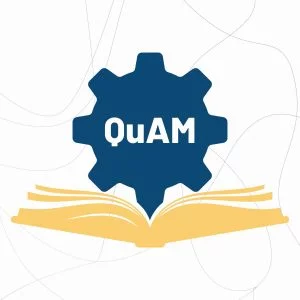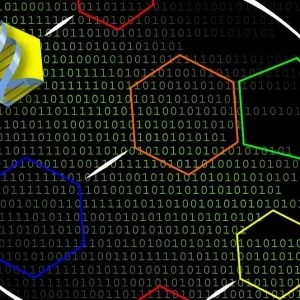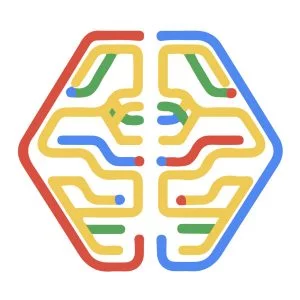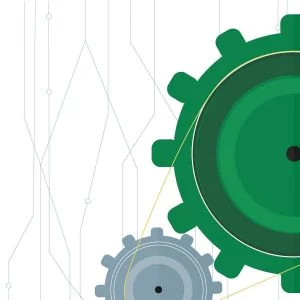
Add to wishlistAdded to wishlistRemoved from wishlist 0
Add to compare8.2/10
(Our Score)
Product is rated as #208 in category Machine Learning
Learn cutting–edge deep reinforcement learning algorithms—from Deep Q–Networks (DQN) to Deep Deterministic Policy Gradients (DDPG). Apply these concepts to train agents to walk, drive, or perform other complex tasks, and build a robust portfolio of deep reinforcement learning projects.
Instructor Details
Votes: 0
Courses : 1
Specification: Deep Reinforcement Learning Online Course
|
13 reviews for Deep Reinforcement Learning Online Course
5.0 out of 5
★★★★★
★★★★★
13
★★★★★
0
★★★★★
0
★★★★★
0
★★★★★
0
Write a review
Show all
Most Helpful
Highest Rating
Lowest Rating
Add a review Cancel reply
This site uses Akismet to reduce spam. Learn how your comment data is processed.

| Price | $716 |
|---|---|
| Provider | |
| Duration | 200 hours |
| Year | 2020 |
| Level | Expert |
| Language | English |
| Certificate | Yes |

Deep Reinforcement Learning Online Course
$716.00






Shreyasi K. –
It is a little tough. Alexis Cook has done a great job. Her videos are detailed and slowly build the concept and code. Other instructors have added small and quick videos. Figuring out the code takes reasonable time but overall good learning. It would be good if we got a practice of creating the environment from scratch as part of a graded project in the first of 4 modules.
Bardia H. –
Overall, it has been a great opportunity for me to study re–inforcement learning through examples. The only problem I faced was watching the agent behave in the environment inside Windows, which I think was due to the nature of the gym environment which works on Linux.
Ross A. –
yes, it’s been great so far. The first project was well structured such that I could reuse much of the code from prior practice problems. This made it much more streamlined that trying to develop something from a completely blank slate.
Camilo G. –
It was amazing, the teaching quality diminishes as the videos go on, but that is expected. I would recommend a more thorough breakdown of the MARL part, since that one could be improved with one or two additional videos.
Fabian V. –
I have known some parts, but the general structure and explanations are detailed and understandable. I like the additional provided material, where I can find out about things I want to dive deeper into.
Ho Chit S. –
The program is well put–together! I think I learned what I wanted to in Project 1 and spent a lot less time debugging not–as–useful items than I expected. Wish I had more time to work on this!
Shreyasi K. –
It is a little tough. Alexis Cook has done a great job. Her videos are detailed and slowly build the concept and code. Other instructors have added small and quick videos. Figuring out the code takes reasonable time but overall good learning. It would be good if we got a practice of creating the environment from scratch as part of a graded project in the first of 4 modules.
Bardia H. –
Overall, it has been a great opportunity for me to study re inforcement learning through examples. The only problem I faced was watching the agent behave in the environment inside Windows, which I think was due to the nature of the gym environment which works on Linux.
Ross A. –
yes, it’s been great so far. The first project was well structured such that I could reuse much of the code from prior practice problems. This made it much more streamlined that trying to develop something from a completely blank slate.
Andre M. –
Absolutely great, exceeded my expectations if anything. Fascinating topic, great content and loving the projects. It’s stimulated my curiosity and I’ve gone on to play around independently with multiple openAI gym projects.
Camilo G. –
It was amazing, the teaching quality diminishes as the videos go on, but that is expected. I would recommend a more thorough breakdown of the MARL part, since that one could be improved with one or two additional videos.
Fabian V. –
I have known some parts, but the general structure and explanations are detailed and understandable. I like the additional provided material, where I can find out about things I want to dive deeper into.
Antonio S. –
For the moment, I’m quite happy with this Nanodegree. Just what I was expecting. That is, to fill the gap between the theory (manuals like Sutton & Barto (2018) or David Silver’s lectures) and practice. Explanations are really good. The exercises as well. However, I miss a more detailed explanation of the code (line by line) in Lesson 2 “Deep Q Networks”. I’m talking about to do something similar as Mat Leonard did in “Lesson 3: Deep Learning with Pytorch” in the extracurricular module called “Neural Networks in PyTorch”. This would help to understand the DQN base code (and the algorithm) much better, I think. In any case, I’m very glad because I finally have a DQN implementation that I really understand and can tweak to my liking for the research within my PhD. Overall, I’m very satisfied with the Nanodegree as well, at least for the moment. I hope to get a general, practical view/understanding of Deep RL beyond DNQ.